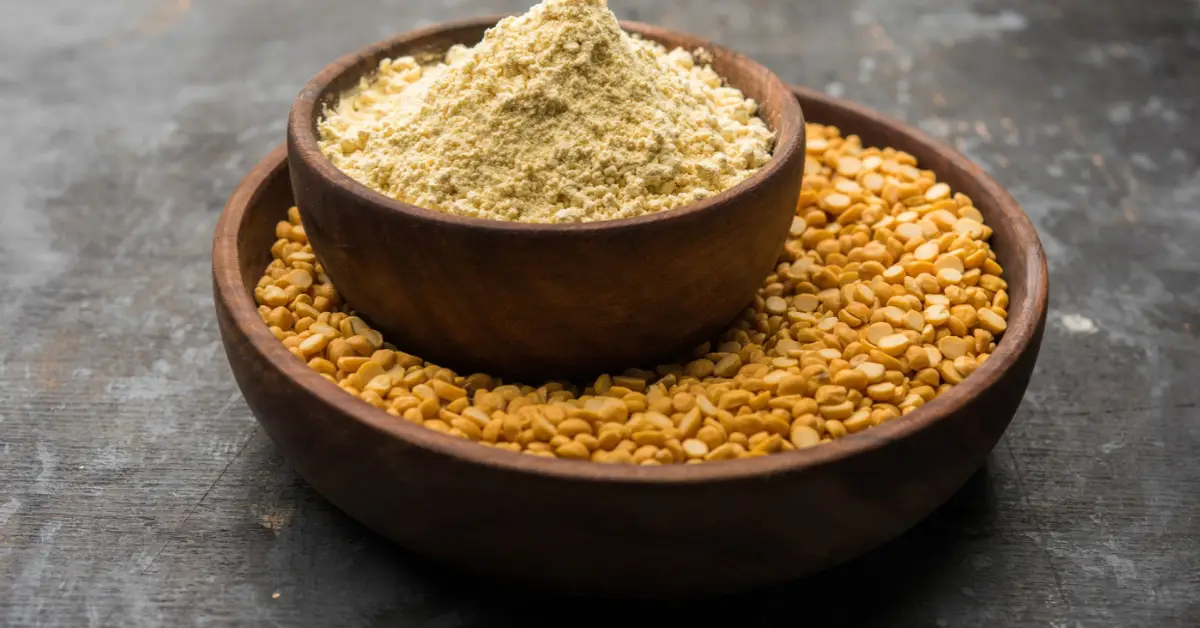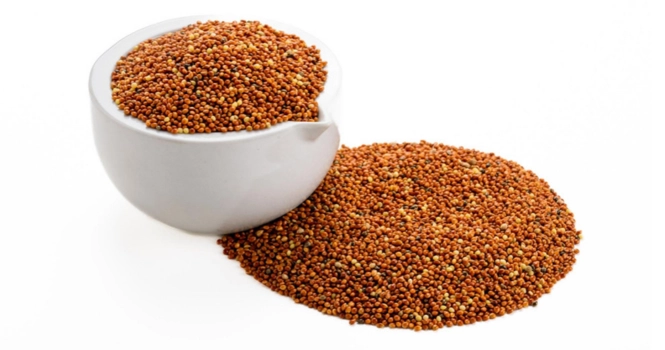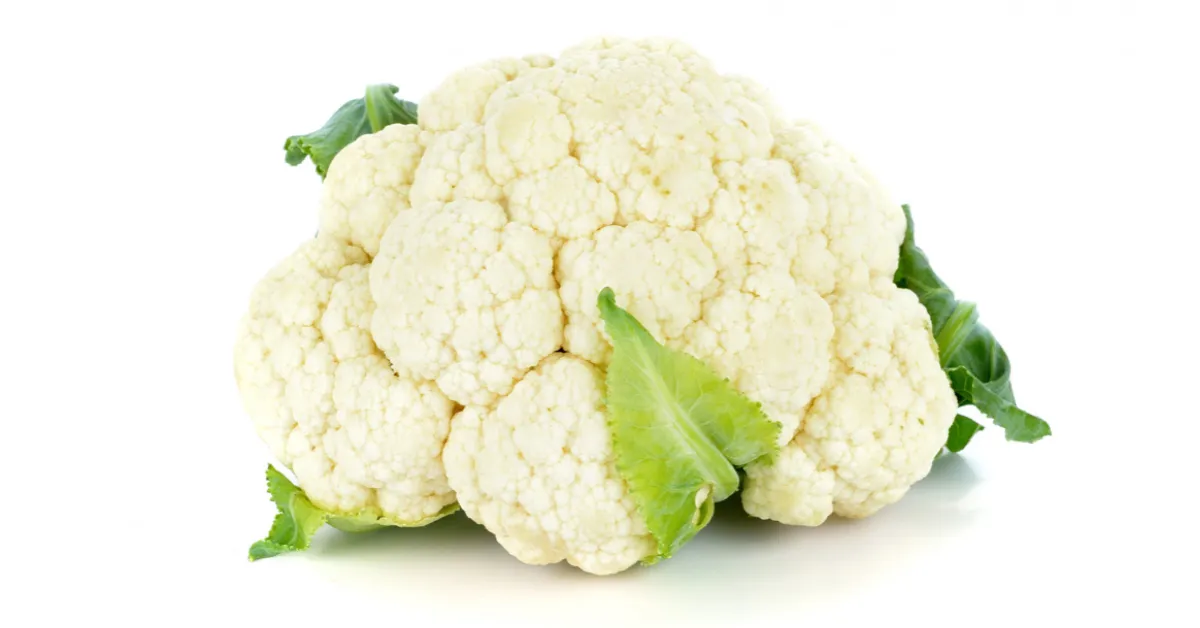In the realm of traditional foods that have stood the test of time, Sattu emerges as a remarkable powerhouse of nutrition.
Originating from the Indian subcontinent, this humble yet mighty ingredient is made by dry-roasting grains or pulses, most commonly barley, Bengal gram, or a mixture of both, and then grinding them into a fine flour.
Sattu in English is often referred to as “Roasted Gram Flour.” It is commonly used in various dishes in Indian cuisine, particularly in the regions of Bihar, Uttar Pradesh, and Punjab.
Sattu is known for its cooling properties and is consumed in various forms, such as drinks, parathas, and stuffings, especially during the hot summer months.
Sattu’s popularity is not just rooted in its versatility and taste but also in its nutritional profile, particularly its glycemic index, making it an excellent choice for health-conscious individuals.
What is the Glycemic Index?
Before we embark on the journey of understanding Sattu’s health benefits, it’s essential to grasp what the glycemic index (GI) means.
The GI is a ranking system for carbohydrates based on their immediate effect on blood glucose (sugar) levels. Carbohydrates that break down quickly during digestion and release glucose rapidly into the bloodstream have a high GI; those that break down more slowly, releasing glucose more gradually, have a low GI.
A low GI diet is beneficial for blood sugar management and can contribute to a reduced risk of heart disease and type 2 diabetes.
Sattu’s Glycemic Index: A Closer Look
Sattu stands out for its low glycemic index, attributed to its high fiber content and the unique process of preparation. The dry-roasting process partially breaks down the starches, making it easier for the body to digest and absorb nutrients without causing a significant spike in blood sugar levels.
This characteristic renders Sattu an excellent food choice for individuals with diabetes, those looking to manage their weight, and anyone interested in maintaining stable energy levels throughout the day.
The Multifaceted Benefits of Sattu
Blood Sugar Management
The low GI of Sattu makes it an ally in the regulation of blood sugar levels. Consuming foods with a low glycemic index can help in the slow release of glucose into the bloodstream, preventing sudden spikes and crashes, which are detrimental to individuals with insulin sensitivity issues.
Weight Management and Satiety
Sattu is rich in dietary fiber, which aids in digestion and promotes a feeling of fullness, reducing the likelihood of overeating. This can be particularly beneficial for weight management, as it helps in controlling appetite and supporting sustainable weight loss or maintenance efforts.
Heart Health
The nutritional composition of Sattu, including its low sodium and high magnesium content, contributes to cardiovascular health.
A diet low in sodium can help manage blood pressure, while magnesium plays a crucial role in preventing heart diseases by maintaining normal heart rhythm and muscle function.
Energy and Hydration
Sattu is often consumed as a cooling drink in the summer months, mixed with water, salt, and spices, providing not just hydration but also a steady supply of energy.
Its high iron content can help in combating fatigue, making it an excellent energy booster without the adverse effects of high-sugar energy drinks.
Digestive Health
The high fiber content in Sattu supports digestive health by promoting regular bowel movements and preventing constipation. Additionally, being easy to digest, it is gentle on the stomach, making it suitable for all ages.
Incorporating Sattu into Your Diet
Sattu can be seamlessly integrated into your daily diet in various forms. From savory dishes like parathas and littis to sweet treats and refreshing drinks, Sattu’s versatility in the kitchen is boundless.
Experimenting with Sattu can open up a world of culinary possibilities while imbuing your meals with a nutritional boost.










